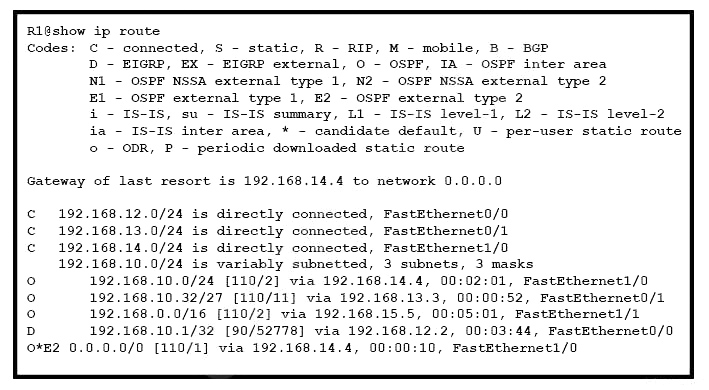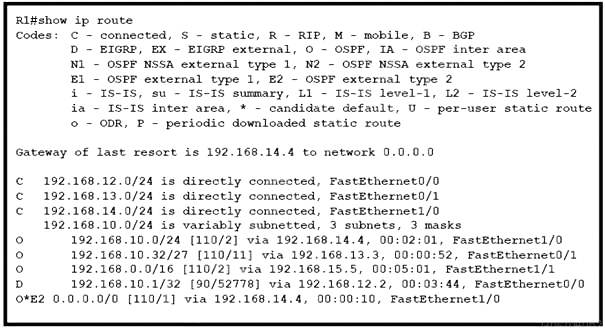Refer to the exhibit. If RTR01 is configured as shown, which three addresses will be received by other routers that are running EIGRP on the network? (Choose three.)

A. 192.168.2.0
B. 10.4.3.0
C. 10.0.0.0
D. 172.16.0.0
E. 172.16.4.0
F. 192.168.0.0

A. 192.168.2.0
B. 10.4.3.0
C. 10.0.0.0
D. 172.16.0.0
E. 172.16.4.0
F. 192.168.0.0




